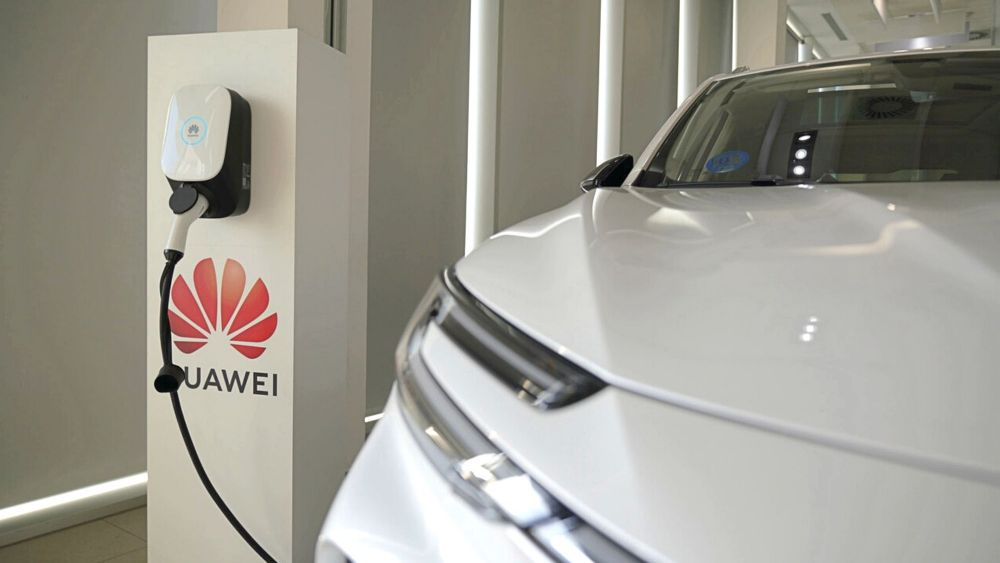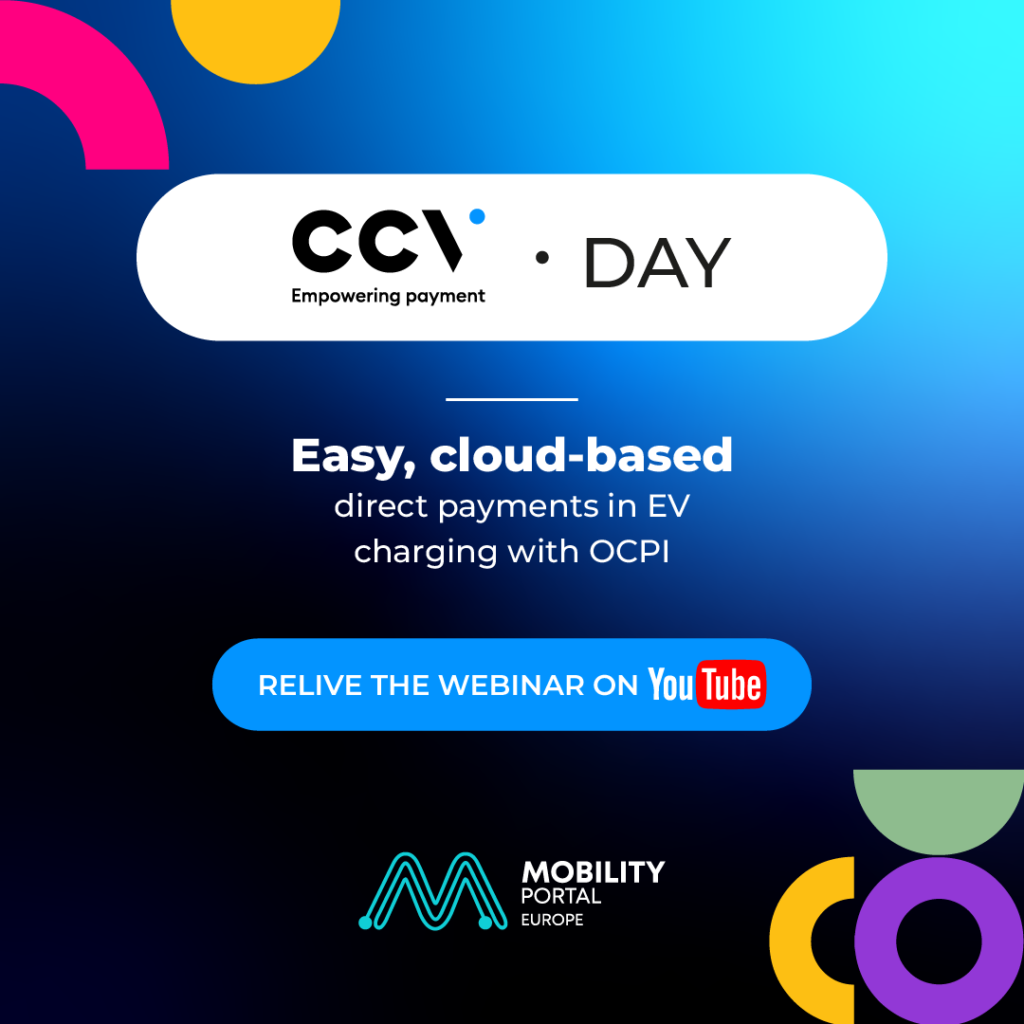Within the framework of the International Mobility Portal Summit Latin America, the crucial role of efficient energy management and the emerging challenges in electric vehicle charging infrastructure have been highlighted.
One of the main experts in this field is Sergio Hernández, Solution Manager for Huawei Chile, who provides a comprehensive insight into the advancements and prospects in this area, as Chile will be the first country in Latin America to have its ultra-fast chargers.
Considering that this company is a benchmark in technological solutions, the manager himself has announced a diverse range of electric chargers, including a ‘residential-type’ model of 7 kW and 22 kW, single-phase and three-phase.
On the other hand, they offer the 600 kilowatts supercharger, known as the ‘liquid-cooled EV super-charger’.
“It’s a liquid-cooled charger, so it can connect up to 12 dispensers for the same charging station, which greatly increases logistics efficiency,” Hernández explains.
This is equivalent to producing five times more energy than traditional solutions.
Huawei offers a comprehensive portfolio
Regarding the business model, the focus is on mining. In this regard, Huawei can offer an end-to-end solution, from generation to consumption of fast chargers.
On the other hand, a highlighted aspect is the ability of the 600 kilowatts chargers to adapt to various supply needs, even for large vehicles such as electric trucks.
It’s worth mentioning that this charging device model will arrive in Chile in the last quarter of 2024.
Moreover, this system could be used by units smaller than trucks, such as cars or vans of 500 kW, 400 kW, and 150 kW. Also, this new release will be capable of discriminating the charging level that cars need.
In relation to this, the Huawei manager mentions the importance of a robust and flexible charging infrastructure to facilitate the transition to electric mobility in key sectors such as ‘mining, public transport, and commercial-industrial’.
Huawei has its sights set on the next markets to conquer
Regarding target markets, Hernández highlights particular interest in Mexico and Brazil, due to favourable conditions for the adoption of electric charging infrastructure in these countries.
Furthermore, he emphasises that collaboration with public entities is essential to guarantee the effective expansion of this technology.
But… Is Latin America ready for these advancements?
“The region is on the right track,” assures the Huawei representative as the demand for electric vehicles is increasing. However, the issue lies in the fact that the charging infrastructure is still insufficient.
Nevertheless, with the growing presence of such cars, it is expected that regulations and processes will be streamlined to facilitate the expansion of the charging infrastructure.
In summary, the advancements presented by Huawei at the International Mobility Portal Summit promise to drive electric charging infrastructure to new frontiers, with a specific focus on ultra-fast chargers and a promising vision for Latin America.




